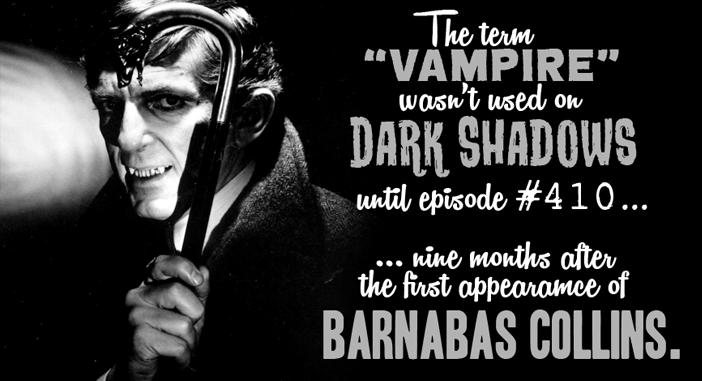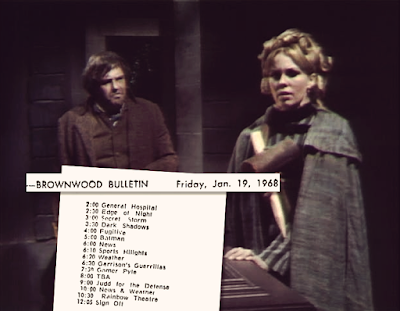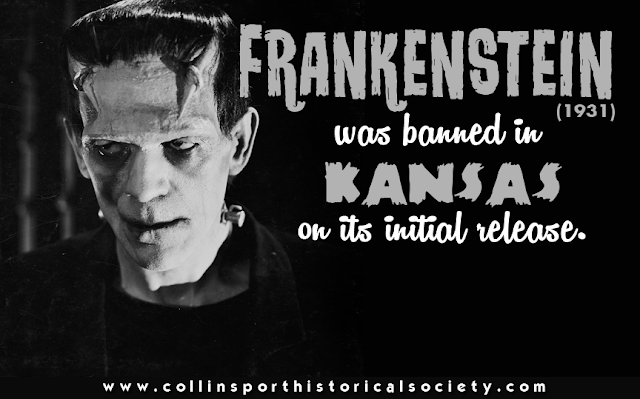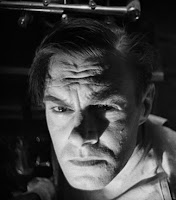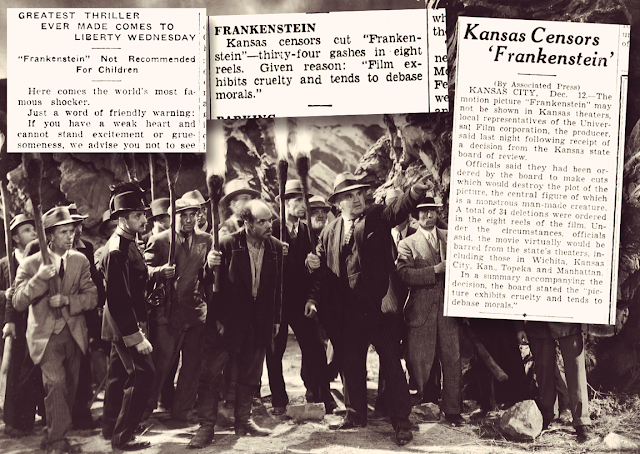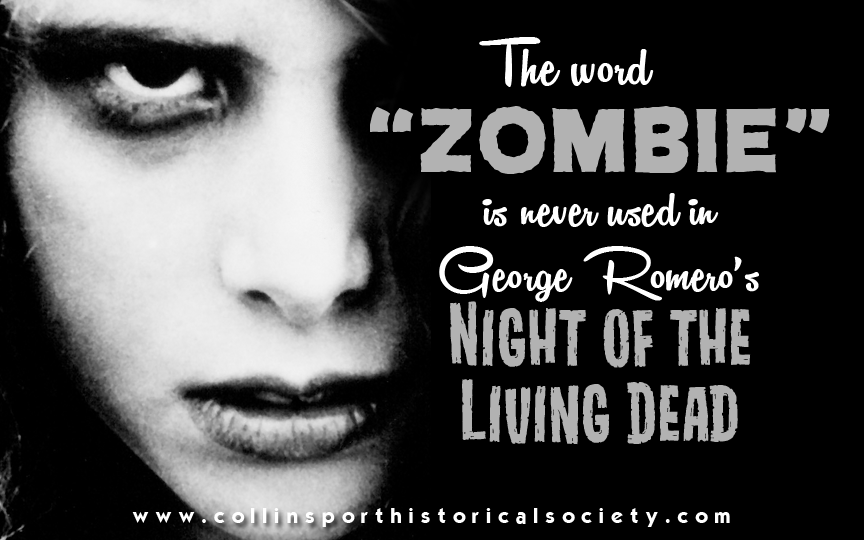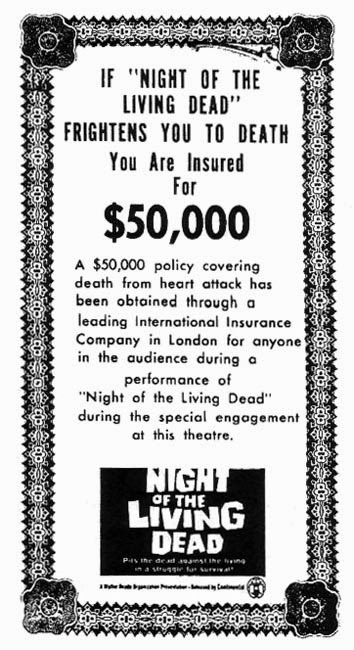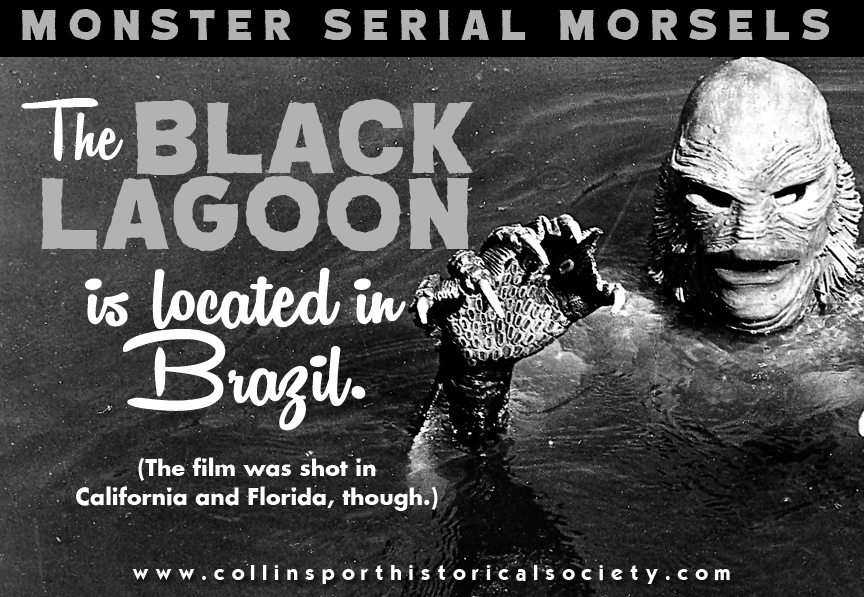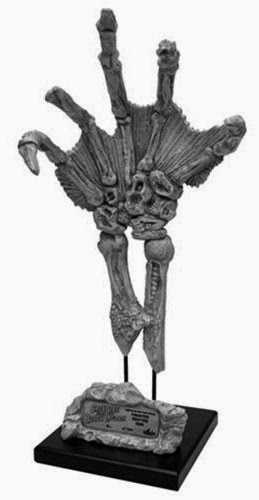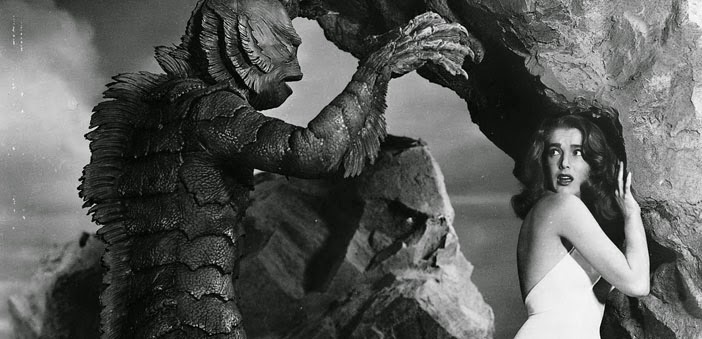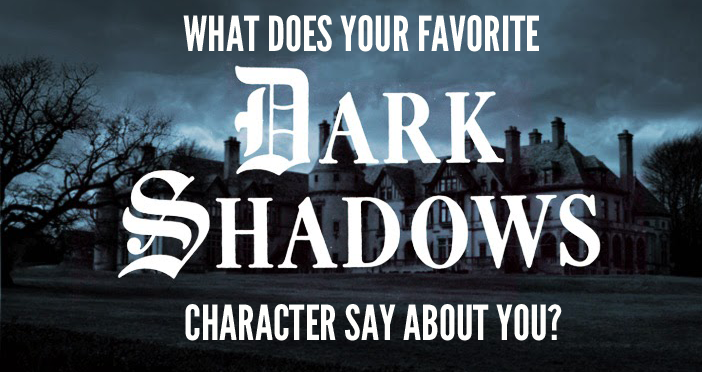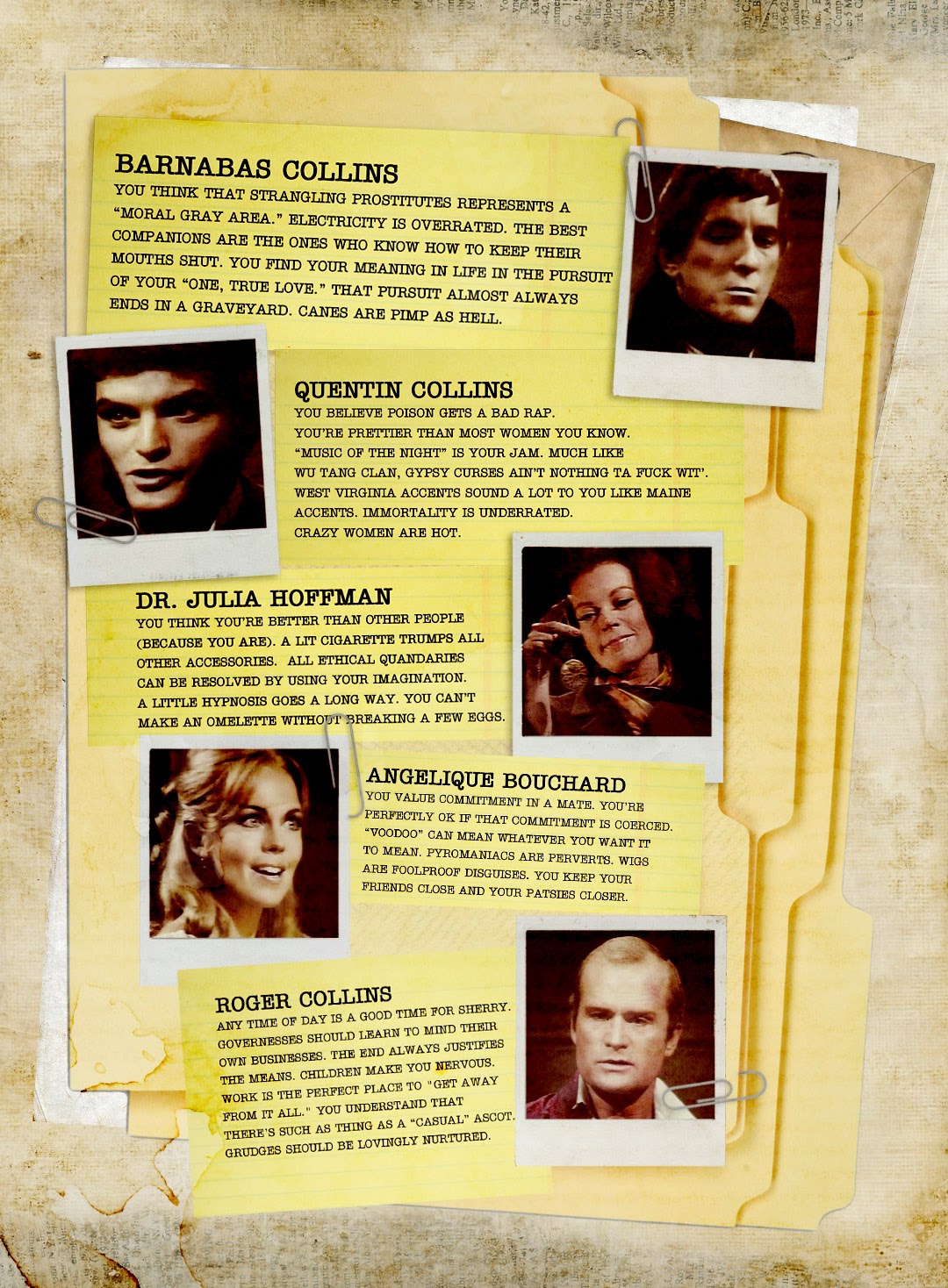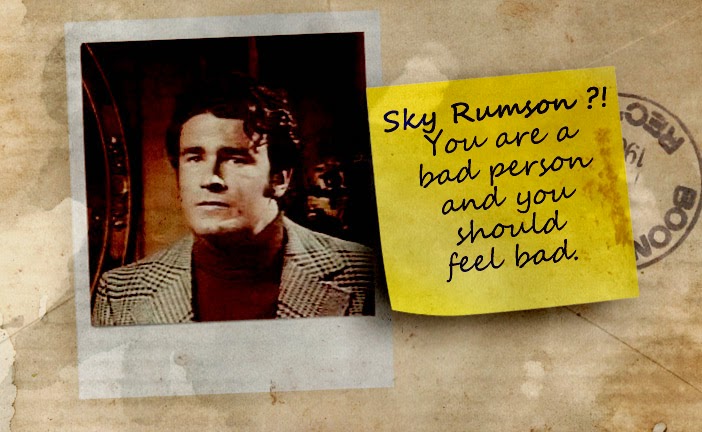It took a while for television’s most famous vampire to be identified as such.
Barnabas Collins was introduced to the world on episode 210 of Dark Shadows, which aired on April 17, 1967. Barnabas and actor Jonathan Frid didn’t show their face(s) until the next episode, but audiences had probably figured out that the “cousin from England” was a vampire before he spoke his first line. For a while, the word simply wasn’t necessary.
For reasons or taste (or, more likely, because of broadcast standards and practices) there were a handful of words that Dark Shadows tended to avoid. Words like “murder” and “kill” weren’t used very often in the early episodes, with writers usually substituting “destroy” in their places as if it had the same meaning. This habit became less necessary once Barnabas Collins’ bloody path became impossible to ignore. While ABC didn’t especially want characters in its programs speaking openly of murdering each other, the aversion to suggested violence waned as the actual violence was ramped up. It's difficult to tell producers not to use the word "murder" once headless corpses became part of the cast of characters.
But the writers were also probably worried about crossing the line into camp by having their once staid characters begin chatting about nosferatu. Nobody was in any rush to become the first writer to include the word “vampire” in a script.
Sam Hall became of the show’s writers to flinch … nine months after the first appearance of Barnabas Collins. And it happened in a way that nobody would have predicted when the vampire made his first visit to Collinwood the previous April.
When Frid agreed to take the role, Barnabas Collins was already living on borrowed time. The show’s previous supernatural threat, Laura Collins/The Phoenix, stuck around about 70 episodes. The idea was to create a series of Big Bads, and follow the child-murdering Phoenix with something a little less disturbing: a vampire. Frid was told that he’d work on Dark Shadows for just a few months, and that plans were already in place for Barnabas to be staked and/or beheaded by the time the next school year began.
Instead, Barnabas Collins became a national sensation. Frid would remain a part of Dark Shadows until the end of the series in 1971, during which the series went to some very weird places.
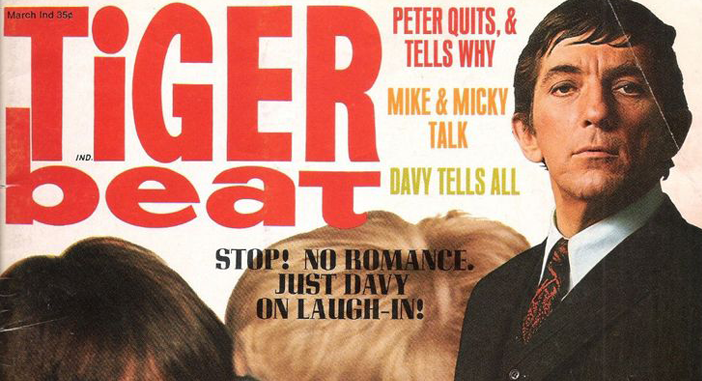 |
| Such as TIGER BEAT. |
It’s fitting, then, that Angelique (and actress Lara Parker) became the first person to use the word “vampire” on Dark Shadows. On episode #410, first broadcast Jan. 19, 1968, she drags perpetually indentured servant Ben Stokes into a secret crypt to drive a stake into Barnabas.
Ben is rightfully confused. Probably because he didn’t hear what Angelique had to say to Barnabas on an episode broadcast a week earlier:
“You will never rest, Barnabas, and you will never be able to love anyone. For whoever loves you will die. That is my curse, and you will live with it through all eternity.”
As you can see, the writers were still avoiding the obvious phrasing. This all came to an end on episode #410, when Angelique tells Ben:
“Do you know the word 'vampire,' Ben?”
While Barnabas Collins is discussed frequently throughout this episode, Frid is actually absent. When Angelique opens his coffin, she becomes the first victim of her own curse: "For whoever loves you will die."
Once actress Parker released the V-Word into the wild, all bets were off on Dark Shadows. A television series that spent almost a year avoiding the word was about to welcome werewolves, Frankenstein monsters, warlocks, Lovecraftian menaces and Craig Slocum into their midst. And there would be no turning back.

